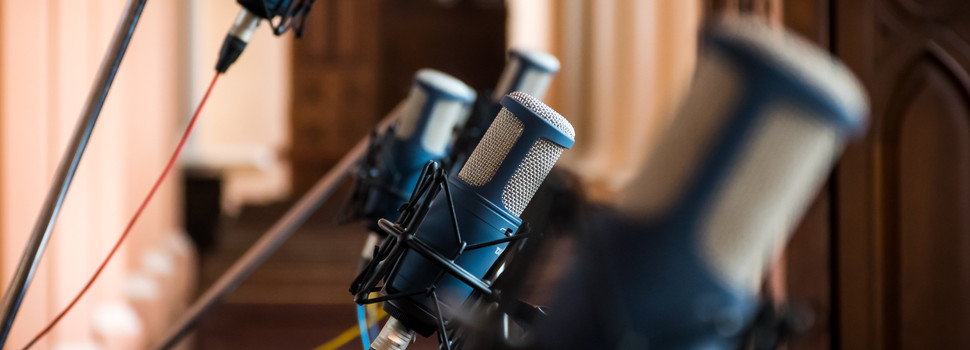
3 handy steps to preventing problems with your church’s sound system
It’s no secret that most churches see pretty intensive use all year round. With Christmas on the horizon, though, you may already be preparing yours for a special sermon or live nativity. Since many churches are large historical buildings, this means that sound systems have a particularly important role, as the voices of performers or ministers might struggle to reach the furthest corners (in a way they might not within smaller spaces). So, whether you’re preparing for a special sermon or you’re simply upgrading the sound systems and power distros in your church, you’ll be glad to hear that there are a few simple tips you can follow to help minimise technical problems, while maximising your responsiveness to them.
Keep a reference of your layout and distribution
Even a relatively small power setup within a church is made up of a significant number of components. As a general rule, this includes:
– Audio inputs (such as any microphones and instruments)
– The main mixing console
– Processing (like the main system equaliser and any crossovers)
– Amplifiers and loudspeakers
– Monitors (this could be stage speakers or in-ear systems)
– Cables and connectors
– Cables and electrical distribution equipment
Engineers can save themselves a lot of stress and hassle by committing as much of this setup to memory as possible. This doesn’t necessarily have to be right down to the last cable. If nothing else, just a ‘big picture’ idea of the power layout will do, with a general knowledge of what sections are positioned where. If all team members have at least a basic foundation of knowledge, it can collectively improve responsiveness, drastically cutting down the time it takes to fix any issues.
On a similar note, drawing a diagram of the power setup and keeping it by the mixing console is never a bad idea. This diagram can be in as much or as little detail as you like; whatever you think will be most helpful to you or your team when you’re getting a fix on the problem.

Get a feel for the signal flow
Once you’ve setup your power distribution network, or modified an existing one, the next step is to make sure you and your team understand how signals move around it. Understanding this signal flow can help you tackle any issues in a calm, methodical manner, enabling you to make your way along the distribution chain sequentially in order to narrow down the source of the problem. Without this understanding of the signal flow, you may well be simply left trying various locations at random. This can sometimes pay off, but it involves a lot of stress in the meantime, and it’s hardly a guarantee of being the fastest fix!
It’s also worth bearing in mind that many individual mixing consoles will have their own quirks or differences when it comes to how they route signals, so it’s never a bad idea to keep the manual on hand, if you have it.
Don’t neglect the essential preparations
“Ah, it’ll be alright on the night” are words that you’ll hardly ever hear from other professional engineers, so don’t be the first to say them! Before the event in question, whether it’s a live music performance or a special Sunday sermon, make sure you test all your equipment well in advance, even if you’re sure there’s nothing wrong with it. Ideally it should be tested one last time on-site, too. It’s amazing how many sound problems like scratchy audio or intermittent screeching will puzzle engineers for hours, before uncovering a loose cable or faulty amplifier as the culprit.

Speaking of which, make sure to pay particular attention to your cables. They should be tested sequentially, so you can isolate any problems and replace any that aren’t up to the job. In fact your cables are arguably the hardest working components in your distribution network, which is a shame in some ways as it’s also the component that people tend to trip over the most often. That means you’ll need to undertake a physical risk assessment as you set up, or you could find that your microphone abruptly cuts out because someone in the fifth row has just got up to pop to the toilet.
And if you decide that your power distribution boxes are amongst the parts you need to replace, look no further. Here at Rubber Box we’ve got a huge selection of professional power distros, known for their quality, efficiency and scalability. Click here to browse our stock, or give us a quick call on 01282 677 910 if you’ve got any questions or need any advice. We’re here to help!




